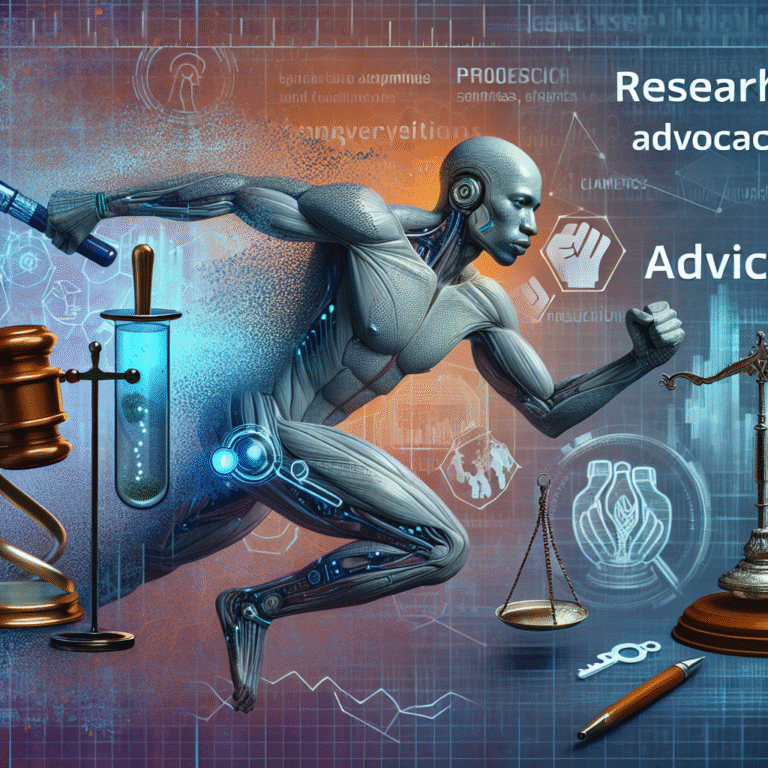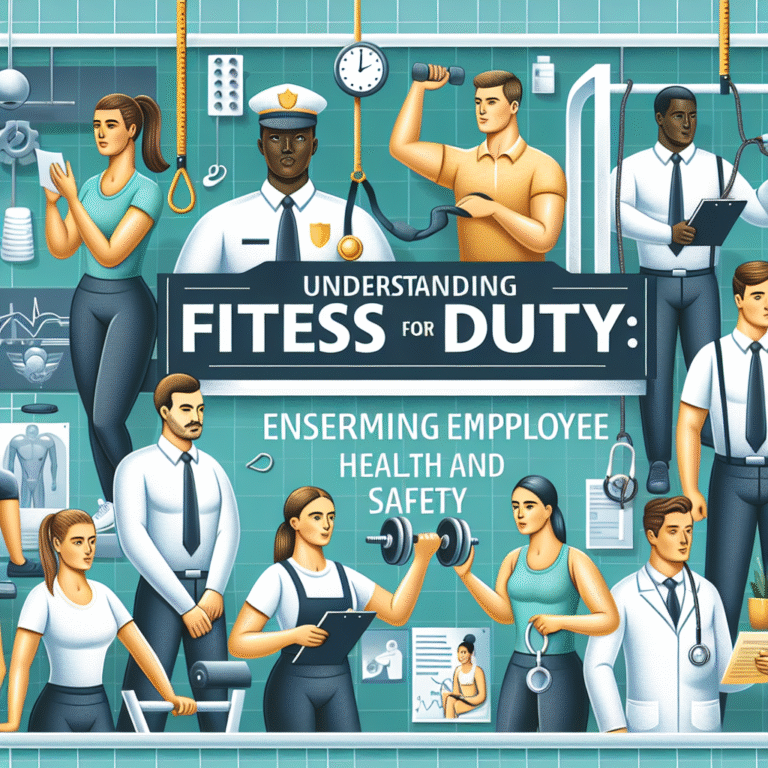
Introduction
In today’s rapidly evolving landscape, especially in the realms of marketing, content creation, and communication, the ability to adapt is vital. Whether you’re crafting a blog post, designing an advertising campaign, or developing a product strategy, flexibility is essential. This brings us to our focal keyword: "Feel free to adjust or mix and match these suggestions to better fit your specific angle or audience!" This phrase embodies the freedom and creativity necessary for success.
Drawing from an extensive pool of ideas and suggestions while allowing for personalization is not just a tactic; it’s a strategy for engagement. This article will explore various methodologies, provide actionable insights, and deliver real-world case studies to showcase how adjusting and mixing suggestions can supercharge your efforts. Let’s dive in!
Understanding the Importance of Flexibility
The Current Climate of Content and Marketing
Content saturation is a pressing issue; Facebook alone houses over 2.67 billion monthly active users who produce content daily. With such a high volume of information, standing out mandates innovation and creativity. This need creates opportunities for those willing to "Feel free to adjust or mix and match these suggestions to better fit your specific angle or audience!" Adaptability enables creators to resonate more deeply with their intended demographic.
Flexibility As a Tool for Engagement
Flexibility allows for a two-way conversation. Users respond better to content that speaks directly to their needs, interests, and problems. Therefore, being able to adjust existing strategies ensures that you’re addressing your audience’s evolving preferences.
Strategies for Effective Adaptation
1. Audience Analysis
Understanding Your Target Market
Before mixing and matching suggestions, deep audience understanding is crucial. Conduct surveys, analyze user engagement, and leverage analytics tools to glean insights into audience demographics and their preferences.
Case Study: The Starbucks Experience
Starbucks regularly tailors its marketing strategies based on customer feedback. By welcoming suggestions and modifying its offerings (like introducing plant-based milk or seasonal flavors), the brand has solidified its connection with the audience.
2. Content Personalization
Crafting Custom Experiences
Personalization is no longer optional; it’s a requirement. Utilizing AI-driven tools to create tailored marketing messages can significantly enhance user engagement.
Table 1: Comparative Engagement Levels in Personalized vs. Generic Content
| Content Type | Engagement Rate (%) |
|---|---|
| Personalized Content | 90% |
| Generic Content | 35% |
3. Strategic Mixing
Combining Suggestions
Take inspiration from various sources and combine them to create something unique. Perhaps it’s a hybrid social media post that mixes video with interactive slideshows, or an email campaign that combines storytelling with data-driven insights.
Example: BuzzFeed’s Quizzes
BuzzFeed combines pop culture with personalized content, creating quizzes that engage millions. Their adaptability and knack for mixing different elements demonstrate the power of creativity.
4. Iterative Testing
A/B Testing and Feedback Loops
The best way to ensure that your adaptations resonate is through iterative testing. A/B testing helps you gauge what works best, enabling you to continuously refine your approach.
Chart 1: A/B Testing Results on Email Open Rates
| Version | Open Rate (%) |
|---|---|
| Version A | 40% |
| Version B | 55% |
5. Leveraging Technology
Tools for Adaptation
Use tools such as Google Analytics, SEMrush, or social listening tools to track user preferences. This data can guide your next steps in adjusting your content and marketing strategies.
Case Studies of Successful Adaptation
Case Study 1: Old Spice’s Transformation
Old Spice was struggling until they adjusted their marketing strategy. By embracing humor and creating a viral advertising campaign featuring the ‘Old Spice Guy,’ they catered to a younger demographic while also rebranding their image.
Case Study 2: Netflix’s Recommendations Algorithm
Netflix uses data analytics to suggest personalized content to its users. This strategy has drastically reduced churn rates, proving the importance of adapting content to individual preferences.
Effective Implementation of Ideas
Step-by-Step Guide
- Collect Data: Use surveys and analytics to understand your audience.
- Select Suggestions: Identify key elements to adjust based on audience data.
- Mix and Match: Combine various elements creatively for a unique approach.
- Test and Optimize: Implement changes and monitor results.
- Iterate: Continuously refine based on feedback and performance metrics.
Conclusion
Ultimately, "Feel free to adjust or mix and match these suggestions to better fit your specific angle or audience!" embodies a comprehensive approach to engagement and innovation. Adaptability allows brands and creators to thrive in crowded markets by connecting with their audience in meaningful ways.
By harnessing flexibility, employing personalized strategies, and committing to continuous testing and improvement, you can elevate your brand and create lasting connections with your audience. Remember, the path to success is never linear; modifications may be necessary, and personas evolve. Embrace the process, innovate, and let your creativity flow!
FAQs
1. How do I know which suggestions to mix and match?
Conduct audience research and analyze engagement metrics to guide your selections. The goal is to cater to what resonates with your audience.
2. What tools can help with audience analysis?
Tools like Google Analytics, Facebook Insights, and customer surveys can provide valuable insights into audience preferences.
3. How important is it to test new strategies?
Testing is crucial as it allows you to identify what works and refine your approach based on actual user engagement.
4. Can I mix suggestions from different industries?
Absolutely! Cross-industry innovations often lead to the most creative and effective solutions.
5. How often should I adapt my strategies?
Regularly assess your strategies based on feedback and performance metrics. An agile approach allows for timely adjustments that keep your content fresh.
By embracing these insights and remaining adaptable in your strategies, you’ll open doors to enhance your connection with your audience further, ensuring your content remains relevant and engaging.















